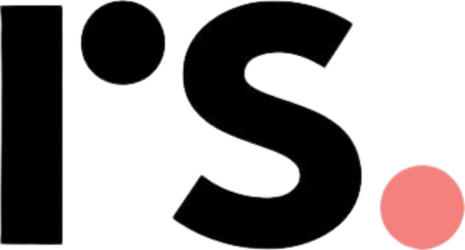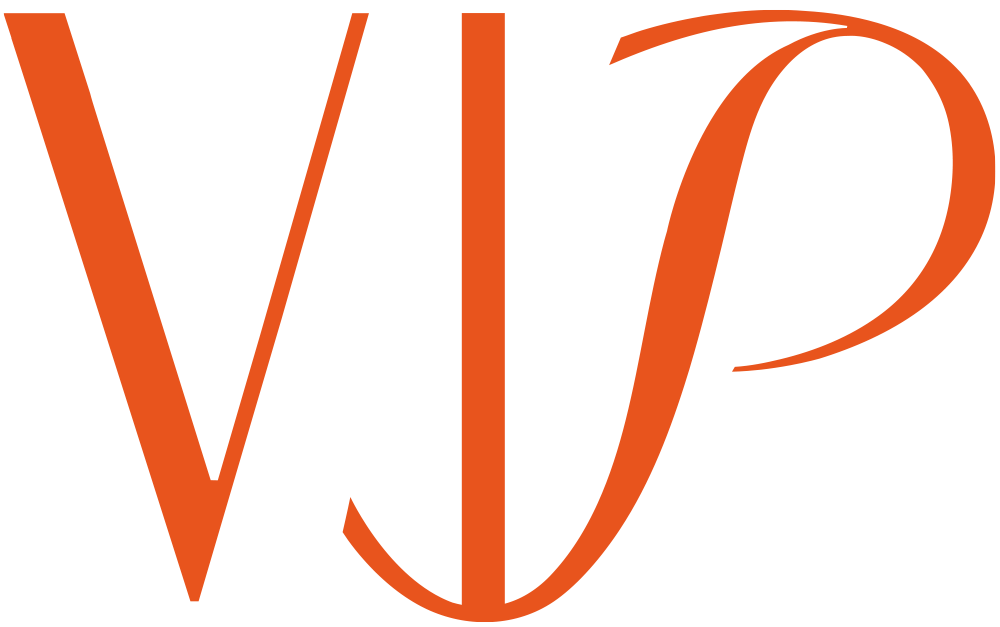[2001.11.08] Open Rhinoplasty via an Anatomical Approach
Date: November 8, 2001
Conference: 51st Fall Meeting of the Korean Society of Plastic and Reconstructive Surgeons (Walkerhill Hotel)
Title: Open Rhinoplasty via an Anatomical Approach
Background
Asian noses are often characterized by a low nasal bridge, a bulbous and under-projected tip, wide alar bases, a narrow nasolabial angle, and nostrils that flare laterally. These features largely stem from structural deficiencies of the osteocartilaginous framework.
While a “camouflage” approach may raise the nasal bridge, it cannot effectively correct underlying deformities of the nasal skeleton. As a result, although the nose may appear taller, problems remain in areas like the nasolabial angle and nostril shape, leading to an artificial, unnatural appearance post-surgery.
Surgical Method
To address the structural characteristics typical of Asian noses, it is necessary to reshape or reinforce the underlying cartilage framework through a combination of methods: grafting (columellar strut grafts, spreader grafts, tip grafts, dorsal grafts), partial cartilage resection (cephalic trimming of the lower lateral cartilages), various suture techniques (transdomal, interdomal), osteotomy, and, if needed, alar base resection.
Though both alloplastic materials and autologous tissues can be used, implants are more prone to complications such as infection, extrusion, skin thinning, and discoloration. Therefore, the author prefers to use autologous tissues—particularly septal cartilage—for tip support.
Results
By employing an anatomical approach—one that alters the fundamental framework of the nose—Dr. Lee achieved more natural tip projection and better nostril shape, while reducing alar flare and creating a more refined overall appearance. Additionally, using autologous cartilage, instead of foreign implants, for tip support helped to minimize postoperative complications.


















